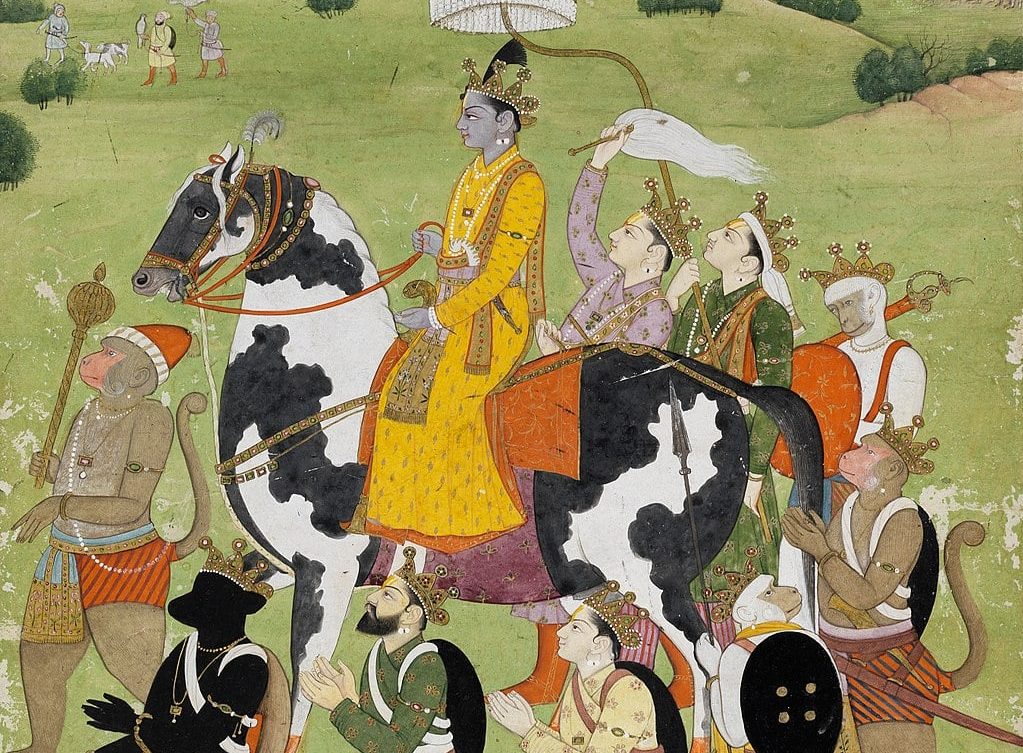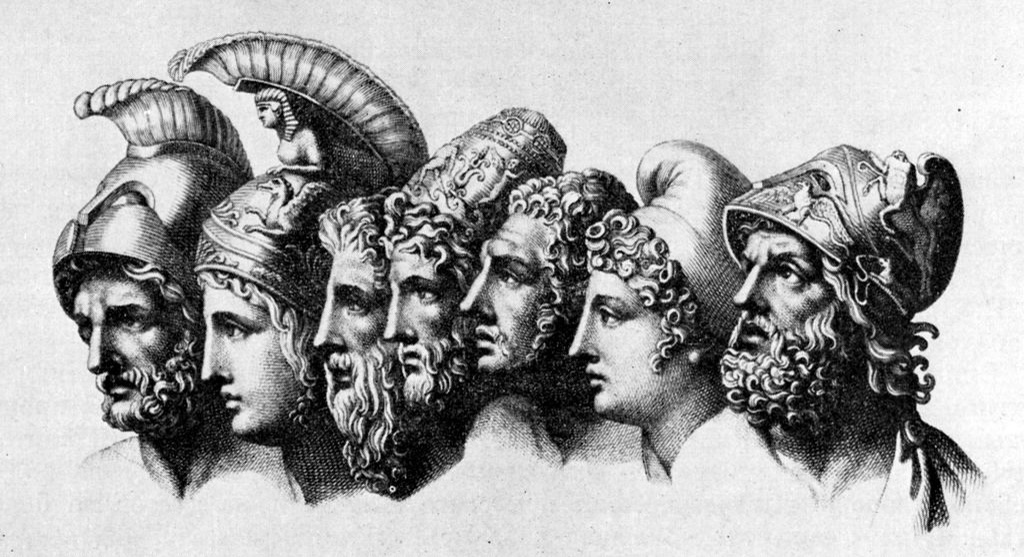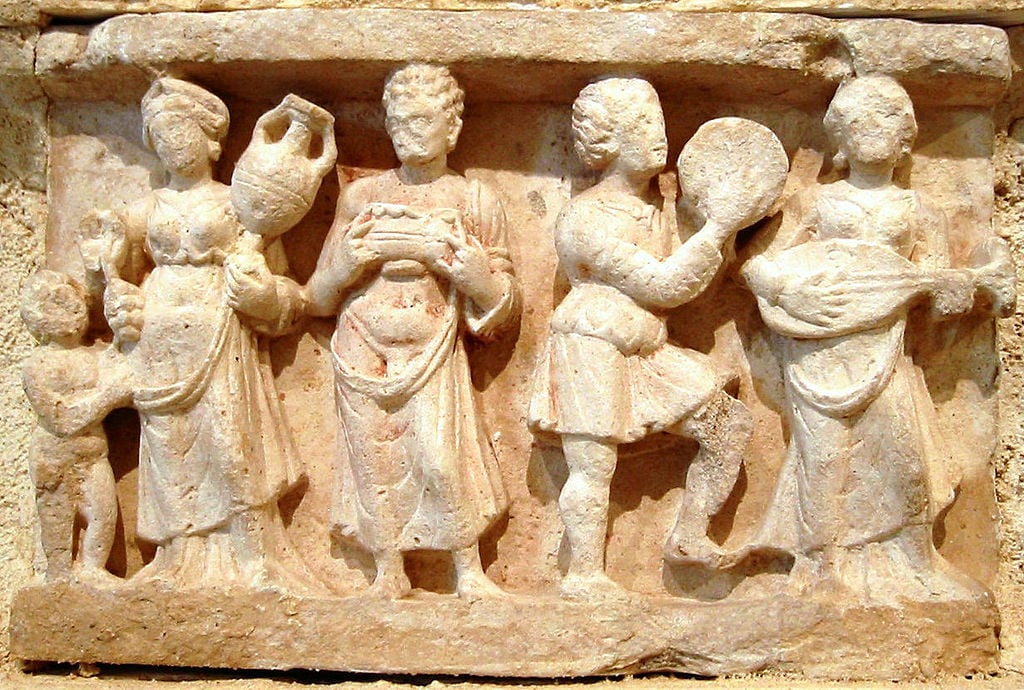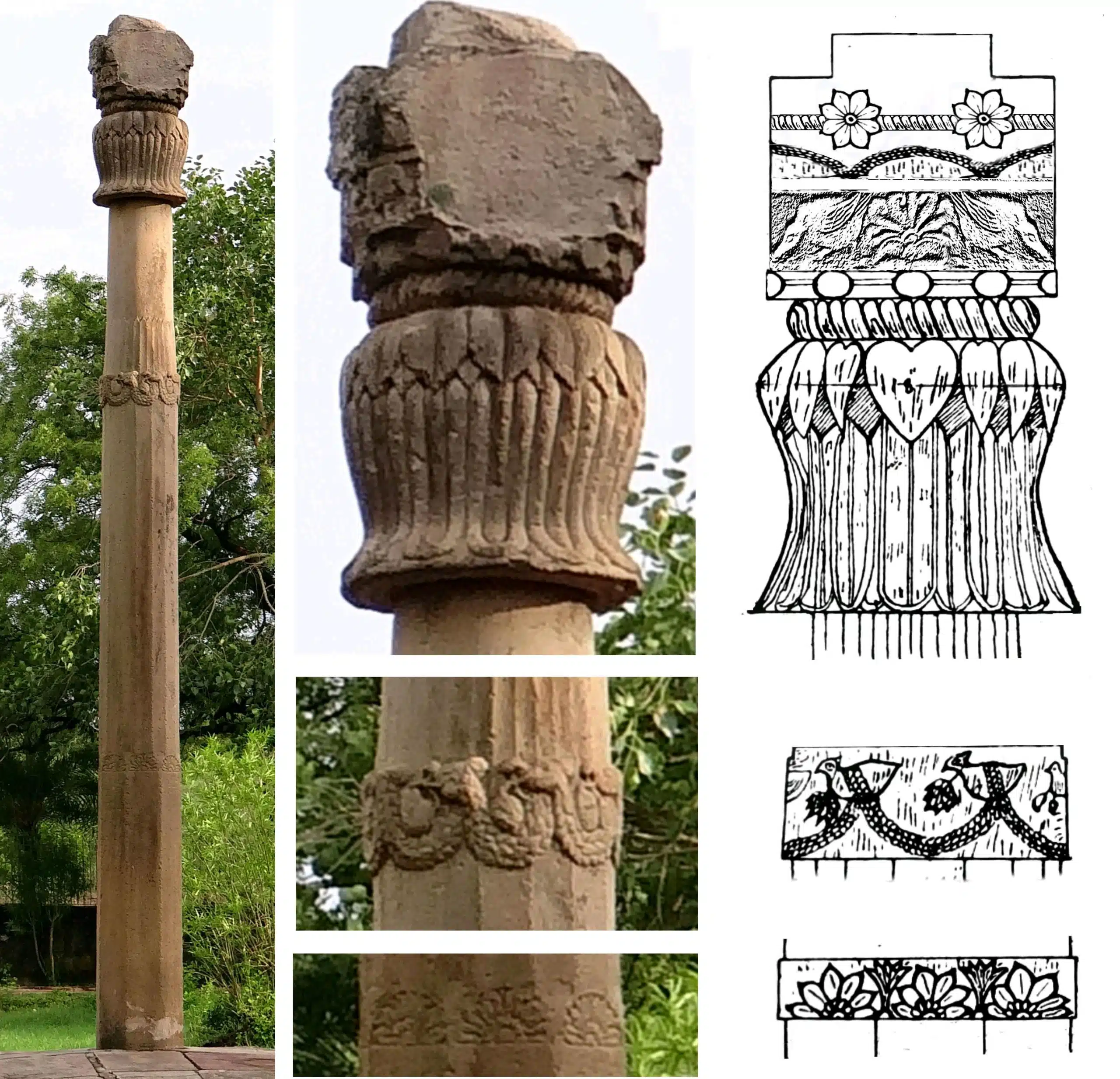
Ramayana, India’s great epic poem, mentions in various chapters the Greeks. This implies that Greeks were actually present in what is modern day India before the composition of this epic poem, which narrates the journey of virtue in the annihilation of vice.
Ramayana is composed over a period of nearly a millennium, with scholars estimating the earliest stage of the text to be between the 8th and 4th centuries BCE, and later stages extending up to the 3rd century CE.
However, Sankalia clarifies it was only after the second Greek invasion that Indians became quite familiar with Greeks and Indo-Greeks. This was after the besieging of Pataliputra and Madhyamika in Rajasthan by the Greeks. Pataliputra is in modern day Patna in Eastern India while Madhyamika is a hill fort, which is now a UNESCO world heritage site near Chitor.
After the Greeks, Scythians, and Kushanas arrived in the region of India, according to a Georgian theory, the Abhiras, Huns, and Gurjaras subsequently followed. However, no mention of either the Abhiras or Huns is found in the Ramayana.
The “Bala Kanda” of the Valmiki Ramayana covers the childhood of Lord Ram, the seventh reincarnation of Hindu god Vishnu as the prince—and later king—of Ayodhya. At least a portion of the Bala Kanda is dated to a time earlier than the second century A.D. but after the second Indo-Greek invasion.
The Greeks first began their invasion of India under Alexander the Great in 326 B.C., when they crossed the Indus River into Punjab. In fact, Ayodhya was ruled by Greeks for some time, as was Mathura. Thus, both the Ramayana and Mahabharata, the second of the two major Sanskrit epics, made mention of the Greeks.
Ramayana and the Iliad

The Sanskrit Ramayana, written by Valmiki, contains nearly fifty thousand lines of verse. It is much longer than either the Iliad or the Odyssey. The Iliad and Ramayana in particular have several similarities, and a lot of study has actually been dedicated to comparing the two literary works. In the Iliad, the hero is Achilles, while Rama is the hero in Ramayana. Ramayana literally means “Rama’s Journey.”
Iliad and Ramayana similarities
In the Iliad, Paris abducts Helen, and Troy is attacked and burned. In the Ramayana, Sita, the wife of Rama, is abducted, and Lanka is attacked and burned by Hanuman, the monkey commander of the monkey army, who, as a child, attempted to grab the Sun when he mistook it for a fruit.
Rama is accompanied by Laxman, whom he loves dearly, and, at one point, he gets severely injured in battle, almost dying as a result of his wounds, though he is rescued by Hanuman. Similarly, Achilles is followed by Patroclus, who is devoted to him. Patroclus is injured and killed by Hector, who stabs him in the stomach with a spear.
Greeks in Ramayana

In the oldest religious text of the Hindus, Rig Veda, Greeks are known as Alinas, meaning Hellenes, or Ancient Greeks. This attests to the presence of Greeks in Asia even at that earlier time. In the first book of the Ramayana, called “Boyhood,” which covers the childhood of Lord Rama and sets the scene for subsequent adventures, there is reference to Sakas (Scythians) , Palhavas (Persians), Yavanas (Greeks), and Yavana-misrita (Indo-Greeks).
The book of Kishkindha is the fourth book of Ramayana. In the fourth book, King Sugriva, the monkey king of Kishkindha—a kingdom of the Vanaras in Hinduism now called Hampi—sent a group of Vanaras, or monkeys, to find Sita. Sita is a well-known Hindu goddess known for her courage and dedication. In Ramayana, she is known for her subtle strength.
The Vanaras that were sent out in search of Sita were also instructed to go to the territory of the Ionian Greeks, who were among the first outsiders to arrive in India. The Vanaras were thus sent to the north, where they were to search far and wide, including on various mountain ranges, China, and even among the Yavanas—the Ionians or more generally-speaking, the Greeks, for Sita.
There are three very characteristic features of the Sundara Kanda, the fifth and most popular book of the Ramayana of Valmiki. This book recounts the adventures of the monkey hero Hanuman in leaping across the ocean to the island citadel of Lanka as per Sankalia. There, he encounters facilities, including drinking houses and sports stadiums (kridagriha), of Indo-Greek origin.
Lord Rama provided Hanuman with a ring in order to convince Sita of his role as the agent of Lord Rama. It bore the name of Rama, according to Sankalia. Such finger-rings appeared for the first time when the Indo-Greeks and others ruled in Taxila and the general area of northwest India.
In fact, the best and perhaps only evidence of such rings of an early period is available from Taxila. Fortunately, this was fully discussed and illustrated by John Marshall, the director general of the Indian Archaeological Survey (1902–1931) during the British Raj years.
Vishvamitra and Greeks
Mention of Greeks is found in reference to the sage Vishvamitra in both Ramayana and the Mahabharata. Vishvamitra was a Kshatriya king who attempted to steal the holy cow, Nandini, that was given by Indra, the king of the devas, or demigods.
The cow had been given to a Brahamana named Vasishtha, who, as per Ramayana, was the teacher of Lord Rama. A Brahamana is one who possesses the virtues of honesty, generosity, good conduct, discipline, and compassion. Priests and yogis are Brahamanas, for instance.
The sacred cow hence grew hostile, and its anger was so extreme that it attacked the troops of Vishvamitra. Various parts of the cow’s body thus birthed different ethnic groups. It was her womb which birthed an army of Greeks that then attacked the armies of King Vishvamitra and obliterated them.
When Vishvamitra witnessed the destruction unleashed on his forces by the ascetic power of Vasishtha, he grew disgusted by the power of warriors and came to the conclusion that neither his power nor wealth could possibly confront the power of a Brahamana. Thus, he abandoned his vast kingdom and regal riches to pursue the life of a hermit.
Vishvamitra set his mind on asceticism and became a great sage instead. He was famed for his yogic powers. Hence, it can be said that Greeks played a significant role in Vishvamitra’s transformation, and it is believed that the Greeks fought the armies of the Vishvamitra, Scythians, and Persians using wide-bladed swords.
Dasaratha and Greeks
Dasaratha was the Emperor of Ayodhya, a town on the banks of the holy river of Sarayu in the Indian state of Uttar Pradesh. He was also the father of Lord Rama. Dasaratha married Kaikeyi, the daughter of Kekaya. Kekaya was the king of Gandhara, which connected trade routes of India, Central Asia, and the Middle East and was therefore culturally diverse and significant.
Ancient Greek historian Herodotus, attests that the Gandharian mercenaries of the First Persian Empire were recruited for the army of Emperor Xerxes I (486-465 BCE), which he led against the Greeks. The Ramayana epic provides only a general description of the country, though it does not reveal the names of the local rivers.
However, claims that the country on either bank of the Indus River was fertile and beautiful are true to this day. This territory was ruled by foreigners such as Persians, Greeks, Indo-Greeks, Scythians, Parthians, Sakas, and Kushanas, who had ruled for some time between 500 B.C. to 100 A.D. The author of the Bala Kanda is familiar with Sakas, Yavanas, and Yavana-Misrita.
It is somewhat surprising that the composer of the Uttara Kanda is satisfied with a non-committal general name, Gandharva. A gandharva is actually a member of a group of celestial beings in Dharmic religions, such as Hinduism, Buddhism, and Jainism in which the males are divine performers—singers and musicians—and the females are divine dancers. They are, in other words, celestial demigods serving as musicians for the devas (gods).
The subsequent statement of King Yudhajit of Kekaya to “conquer these Gandharvas, and establish two cities here” is significant. At Sirkap (Taxila), the city conquered by the Indo-Greeks, there are no less than three palace complexes along with their temples, which were referred to.
Each palace complex had a number of courts. The various halls mentioned by the Ramayana in descriptions of the residence of Dasaratha and Rama are likely rather similar to the palaces and temples of the Indo-Greeks at Sirkap, as per Sankalia.

According to the Yuga Purana, a religious text of the Hindus, having invaded Ayodhya, the Panchalas, and Mathura, the Greeks then reached Kusumadhvaja, known as “the town of the flower-standard.” When the thick mud-fortified embankment at Pataliputra in modern Patna was reached, all the provinces were in disorder and complete chaos.
Ultimately, a great battle ensued. Demetrius was the Indo-Greek king of the sieges of Ayodhya and Madhyamika, mentioned by Yogaguru Patanjali. Greeks who ruled over these holy cities of Hindus were rather tolerant and inclusive because, instead of persecution, Indic religions were widely accepted into Greek society.
Lord Rama and Lord Krishna were reincarnations of Hindu god Vishnu, who, according to the Heliodorus pillar inscription, was worshipped by Heliodorus, an ambassador of the Indo-Greek king, Antialcidas. Antialcidas reigned from his capital at Taxila from around 115 to 95 B.C.
The text of the pillar reads: “This Garuda-pillar of Vasudeva, the god of gods, was constructed here by Heliodora [Heliodorus], the Bhagavata, the son of Diya [Dion], of Takhkhashila [Taxila], the Greek ambassador who came from the Great King Amtalakita [Antialkidas] to king Kasiputra [Kashiputra] Bhagabhadra, the Savior, prospering in [his] fourteenth year.”
Hence, Greek Hinduism and Greek Buddhism played a vital role in the spread of these respective religions on a global scale as has been clarified herein, contributing to the merging of cultures on the Indian subcontinent.
See all the latest news from Greece and the world at Greekreporter.com. Contact our newsroom to report an update or send your story, photos and videos. Follow GR on Google News and subscribe here to our daily email!



